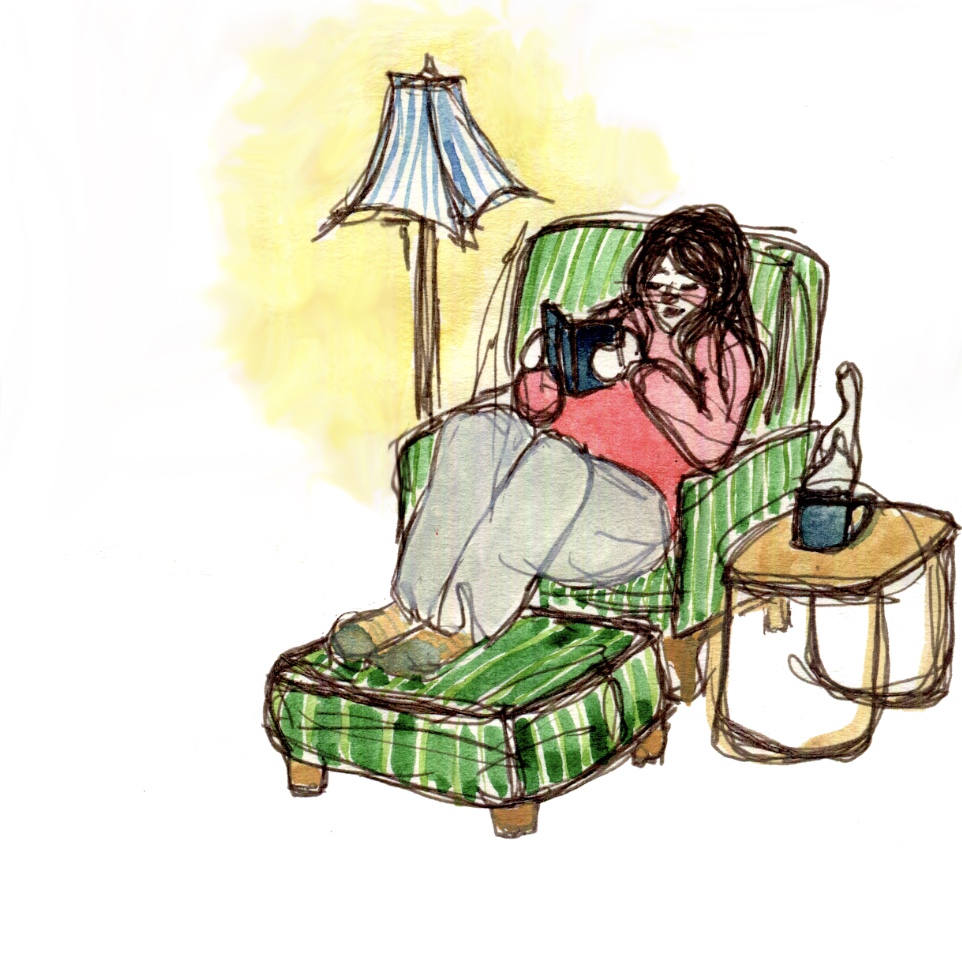It had to get loud eventually. If you think about it, how could it be any other way? Iron & Wine’s near-silent “The Creek Drank the Cradle” gave way to the bark of “The Shepherd’s Dog.” Dire Straits’ sleek barroom “Sultans of Swing” came but a few years before the bombastic and satirical “Money for Nothing.” The new Youth Lagoon album, “Wondrous Bughouse,” proves Trevor Powers is ready to have his voice heard at a decibel range similar to the level of his talent.
Record’s sound occupies territory of anxiety
Trevor Powers is Youth Lagoon and Youth Lagoon is Trevor Powers. The soothing sounds and quiet consolations of his first album, “The Year of Hibernation,” were therapeutic and nearly sedative. As one stricken by chronic anxiety, Powers turned to his music as a means to cope with the hyperactivity of his mind and the stresses of existence in an even more hyperactive world. “The Year of Hibernation” was just what its name suggested: a sleepy repose. It brings comfort the same way only slumber can after the attack of a long, hard day.
“Wondrous Bughouse” is either the sound of Powers and all his fans waking up or the beginning of an even deeper dream. “Through Mind and Back” opens the record with an instrumental, early morning haze, a song for the bleary, crusty-eyed ascertainment of the day to come. It’s hard to discern whether or not what follows is a morning spent in the real world or in imaginative slumber. Is “Bughouse” a REM cycle or a journey through the world of our waking hours? A dream or a celebration of life as it stands?
“Mute” is the album’s second single and it’s where the album really takes off. It’s much more willing to take risks and make noise than anything on the last LP. Up to this point, his sound has been all about carving out moments of serenity amidst chaos. On “Mute,” it sounds like he’s through retreating from his own anxieties and ready to make something beautiful out of them. Though it’s loud, it isn’t noisy. Other bands make a career out of missed notes and blaring distortion, but Powers is still a lullaby singer before anything else. His songwriting here is still full of rhyme and reason and it’s proof that any apparent chaos can still be seen as a cosmos if you listen hard enough.
Album questions how to approach reality
Other highlights include “Pelican Man’s” swirling piano interludes and the ship-pitching chord modulations of “Sleep Paralysis.” “The Bath” is a return to the quieter style of his earlier work but even here it’s a little bit louder. Given the album’s abstract, Candy Land cover, it’s no surprise a lot of the songs return to storybook sounds and childlike warbles. “Dropla” is the album’s premiere single and perhaps its best track.
Trevor Powers is someone looking desperately for peace. The term “bughouse” is defined as “an insane asylum.” After listening to both of his releases, it’s hard to know which better represents a state of sanity. “The Year of Hibernation” is a record marked by peaceful, quiet, music box rhythms and melody while “Wondrous Bughouse” flits about like a lucid dream. The question is whether peace and quiet is a more sane response to the world around us than crazed, starry wonder and fear.
Still, there’s a real sense of continuity between the two albums. Both are therapeutic but in very different ways. “Wondrous Bughouse” may be a frantic dream or it may be a wide-awake thesis on the hidden madnesses of reality. Either way, you can’t deny the basic fact that this album is breathing and alive. It doesn’t rid itself of insanity but nor does it revel in it. It’s wild and real and crazy. But it’s a good kind of crazy. The same kind of crazy as the days you feel like you can fly and the dreams where you actually can.







